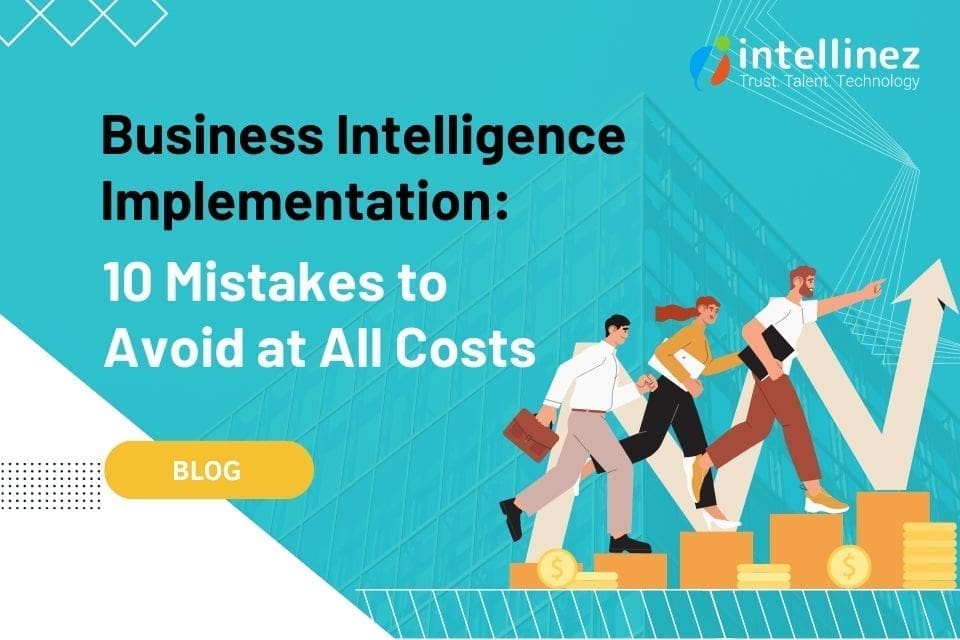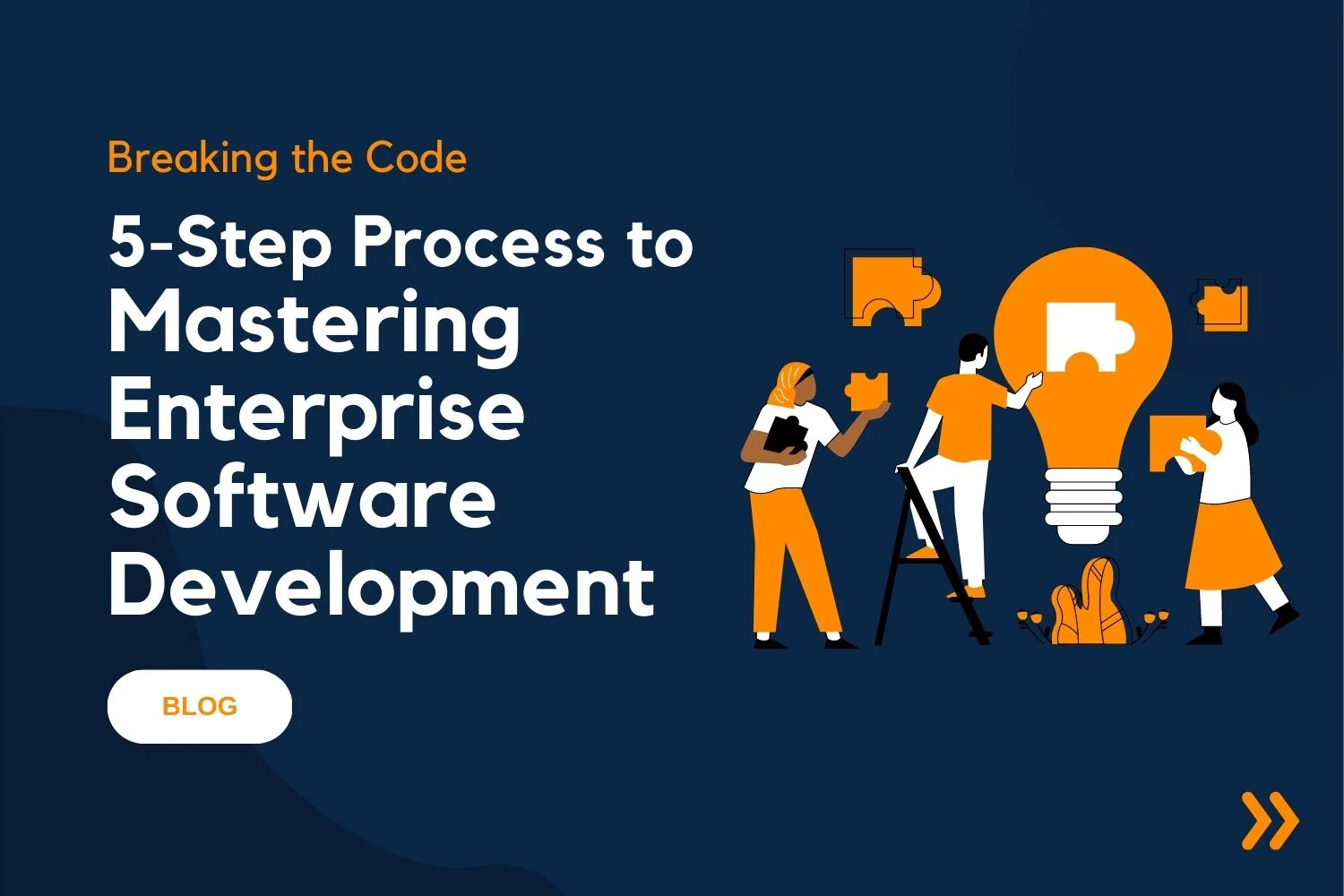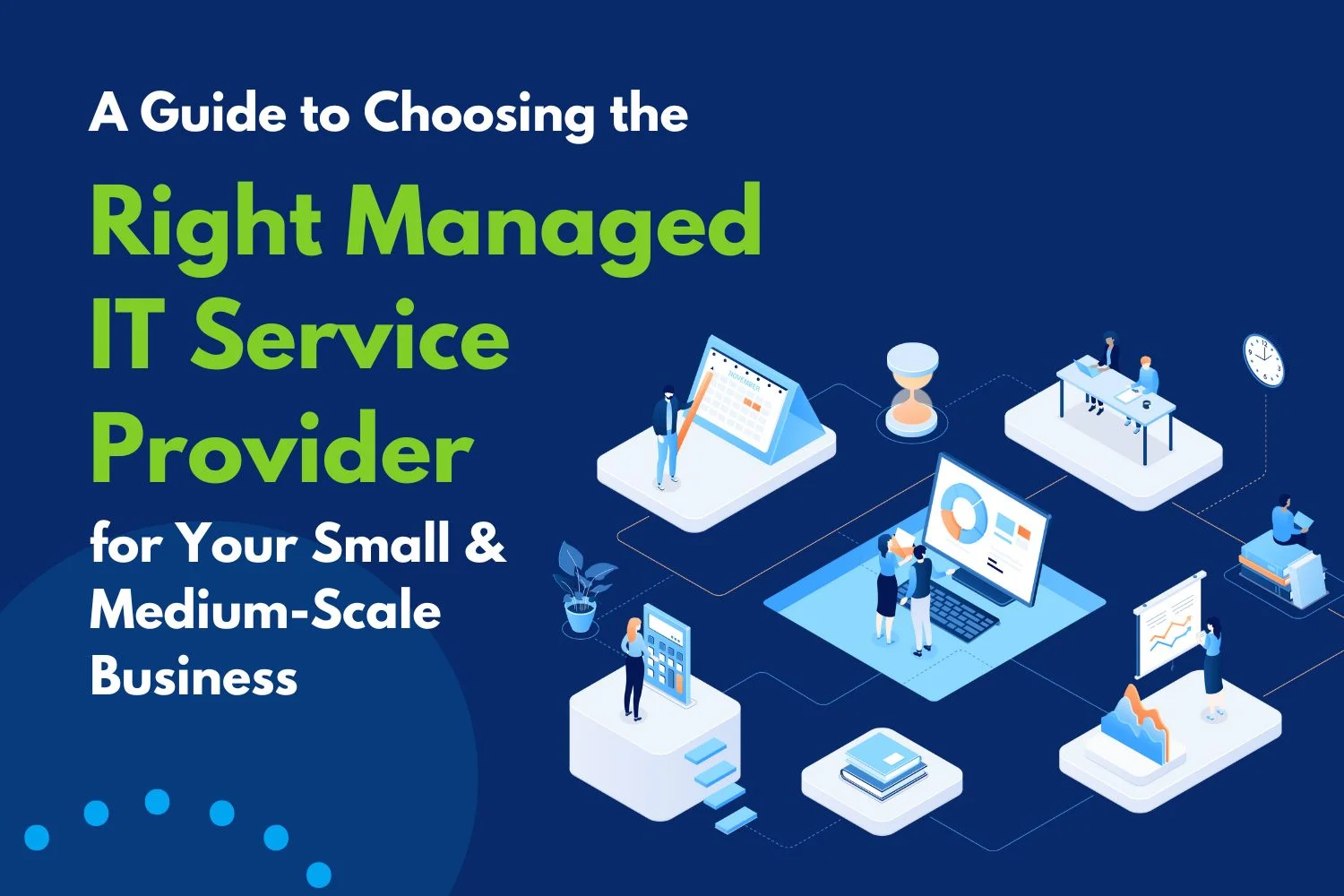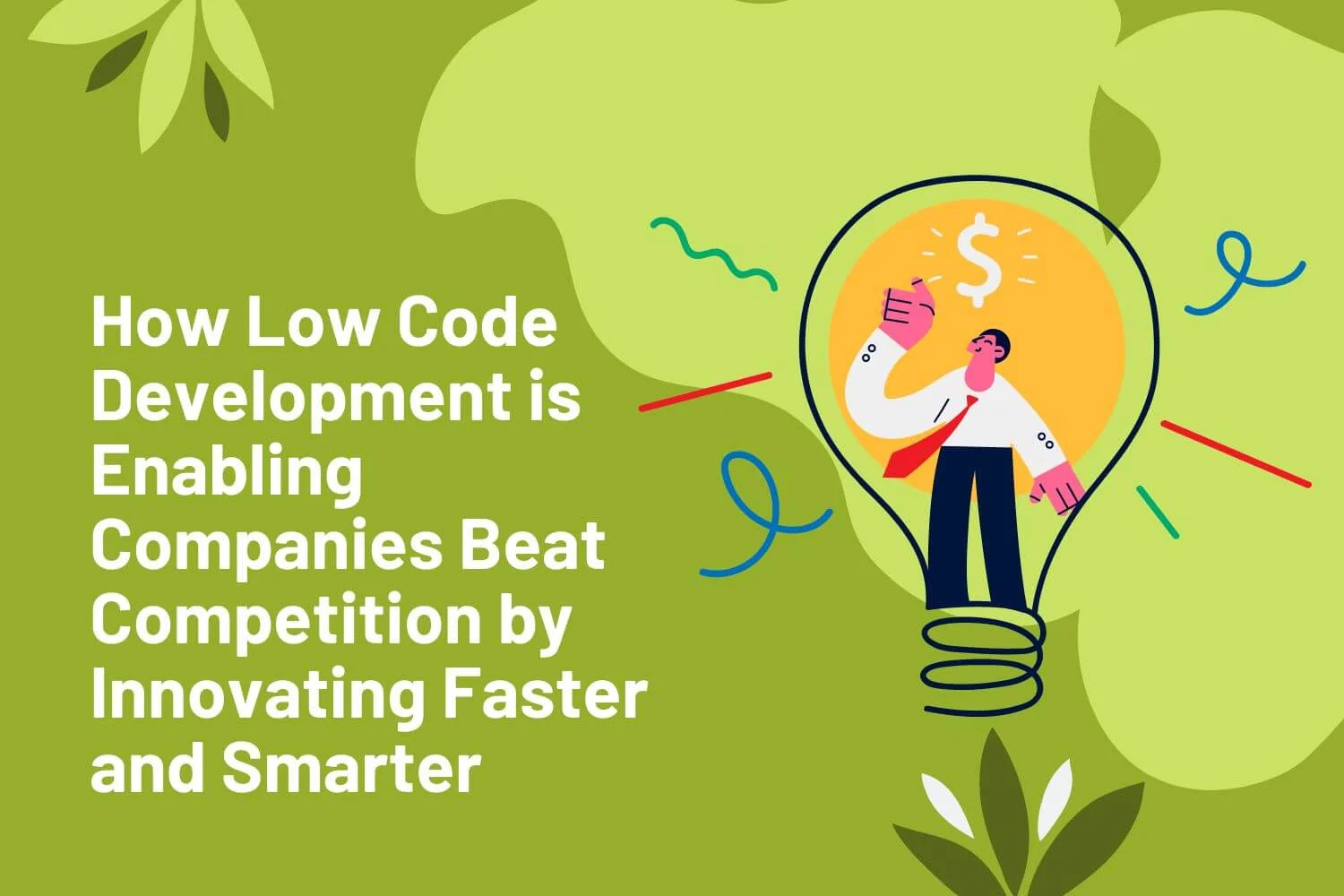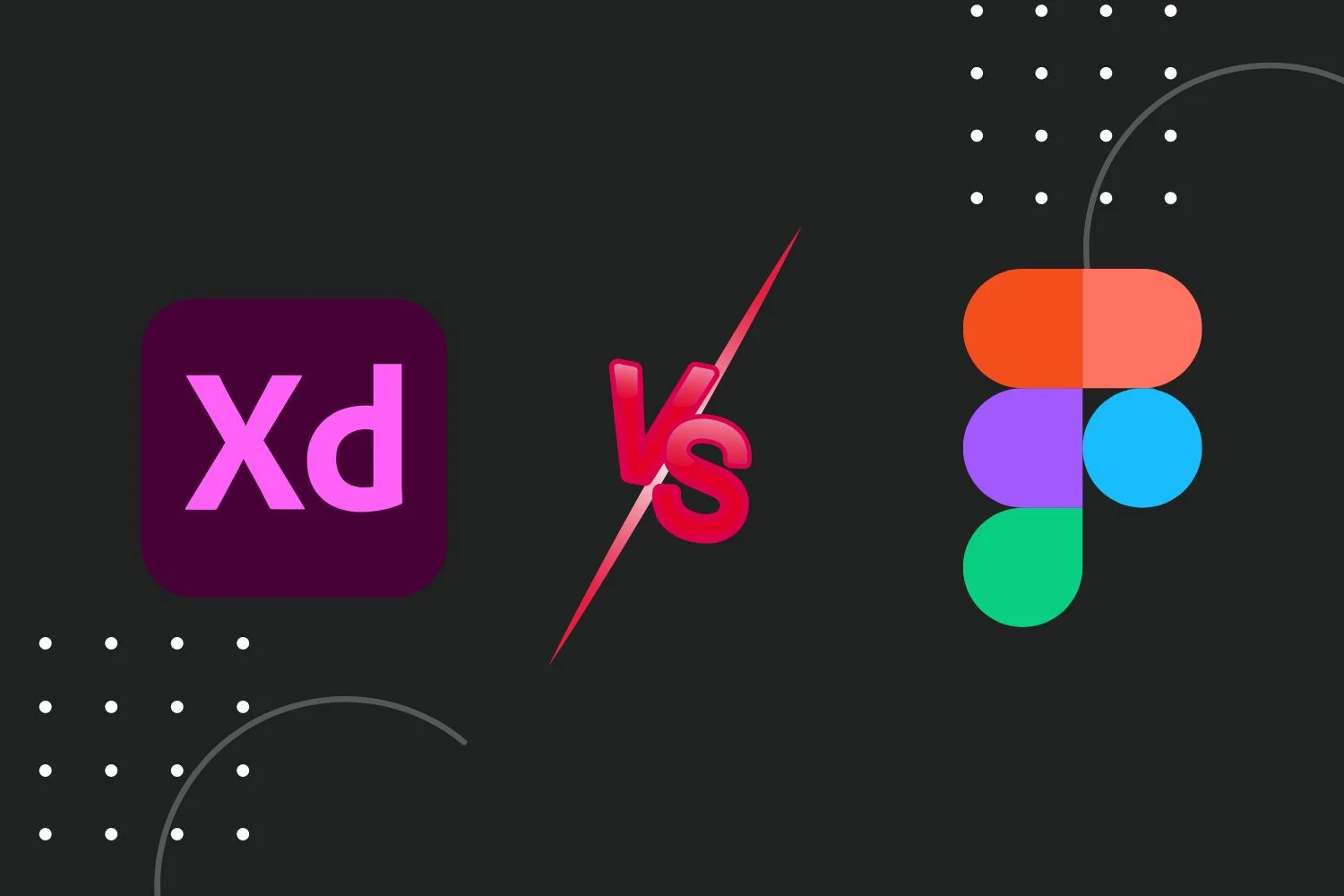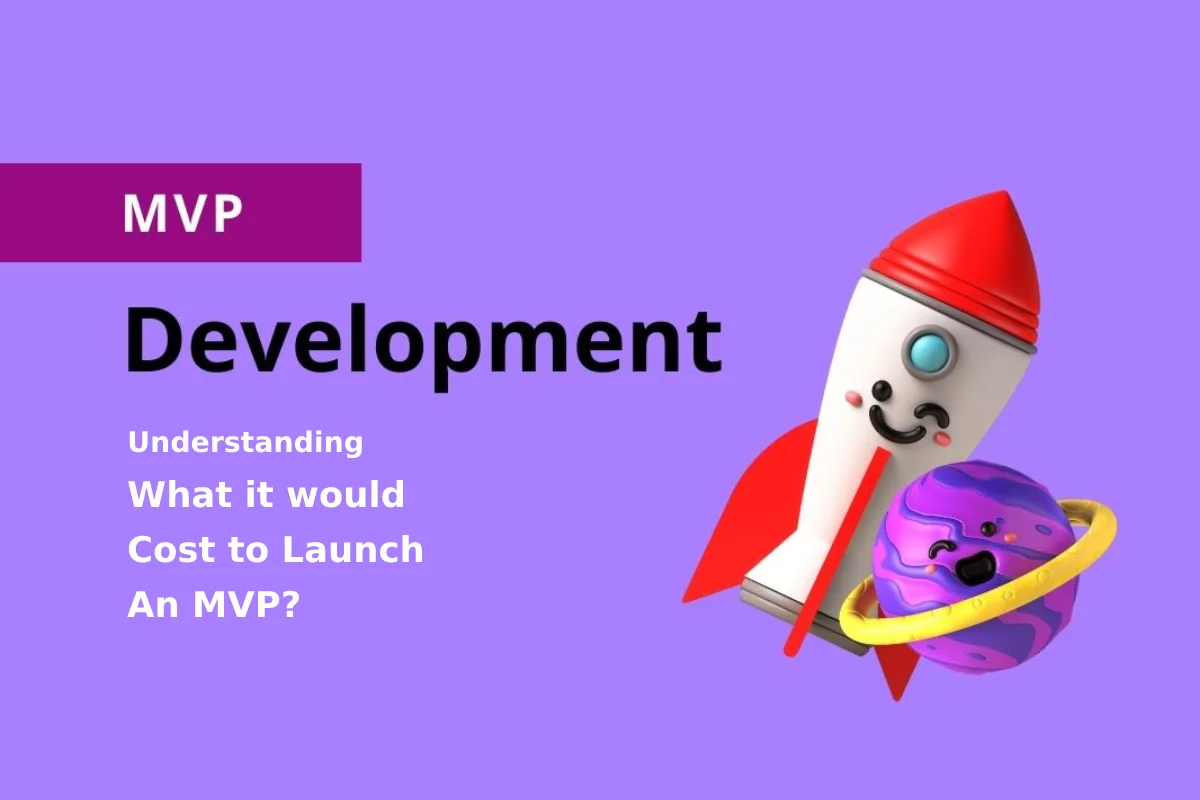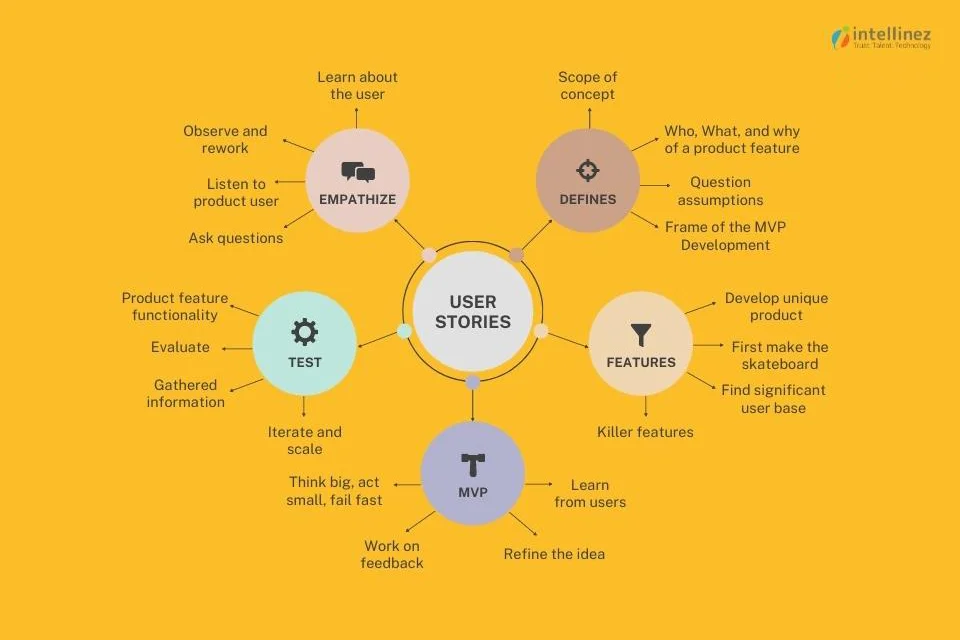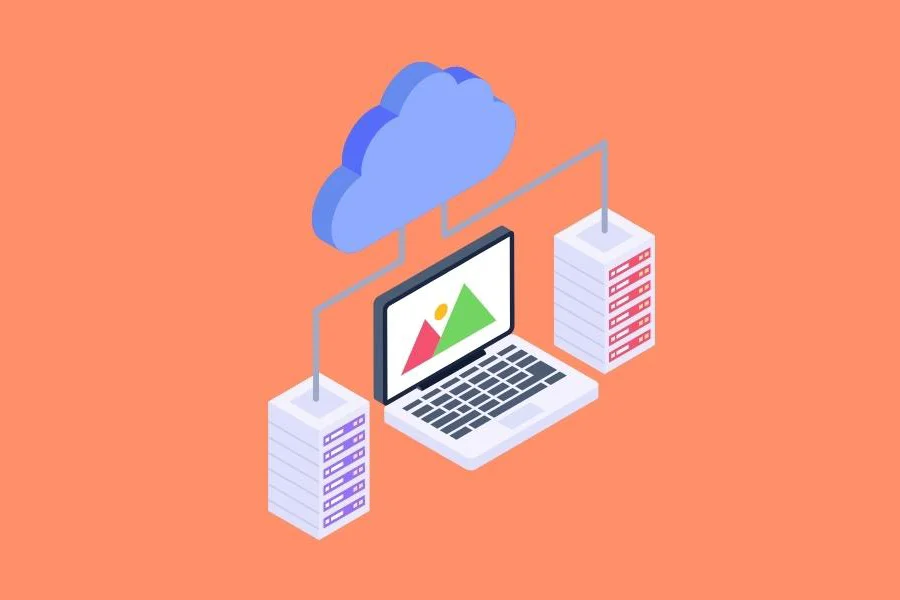Table of Contents
Cloud computing is the new way of computing. It is growing with every passing day. The continuous growth of cloud computing is also boosting the growth of several other related technologies that includes containerization, edge computing, serverless computing, AI, DevOps, and hybrid and multi-cloud management.
Consequently, more and more businesses are flocking towards the cloud. A business looking to migrate to the cloud might consider containers. That’s because containerization supports cloud-native practices and tools. Also, implementing containerized applications offers multiple benefits in the form of better resource utilization, superior scalability, and high efficiency.
Container technology has also grown in importance for developing modern software. It is playing a major role in the current landscape of software development by facilitating a lightweight environment for designing, developing, testing, and deploying modern applications. While improving resource utilization and scalability, container technology demystifies and hastens the software development process.
In this blog, we will look into what containerization is, how it works, its importance, components, advantages, and challenges.
Need assistance adopting the cloud? Check out our in-depth guide on How Cloud Migration Can Elevate Your Business in 2024?
Understanding Containerization
What is Containerization?
A container can be understood as a lightweight and portable package that contains application code and all of its dependencies. There are several benefits of this approach, such as faster execution and increased reliability of applications, but the most important ones are better accessibility and platform independence.
A container is usable on almost every platform without worrying too much about the underlying hardware configuration. This is among the most important reasons that have boosted the adoption of containerization (and container orchestration) among big and small companies.
How do Containers Work?
The process starts with a Dockerfile, which is essentially a blueprint that defines the instructions for building a container image. It includes information such as the base image, the application code, and any dependencies needed to run the application. Once the image is built, a container runtime like Docker Engine takes over. A container image becomes a container when it starts execution on a container runtime.
Docker is responsible for managing the container’s lifecycle, including creating, running, stopping, and deleting containers. Containerized applications execute the same irrespective of the underlying infrastructure. To ensure uniform execution, containers isolate applications from the environment.
Containerization vs. Virtualization
Containerization has become a popular alternative to virtualization. In machine virtualization, multiple virtual machines (VMs) share the resources of a single hardware server. In virtualization, many application components share the resources of one OS kernel. In the case of containers, this is done on the operating system level.

Although both containers and VMs are used to run apps on isolated environments, they differ significantly in how they achieve this. Virtual machines run on a hypervisor and require their own (copy of the) operating system, making them resource-intensive as each VM consumes significant CPU, memory, and storage.
In contrast, containers share the host system’s OS kernel, packaging only the app and its dependencies, making them much lighter, quick to start, and more resource-efficient. This allows for higher density, enabling more containers to run on the same infrastructure, compared to VMs.
Key Components of Containerization
There’s a lot more to the containerization process than meets the eye. It is made up of three key components, namely container images, container runtime, and container orchestration tools. Let’s know about each of them, one by one, starting with container images:

1. Container Images
Picture container images as standalone packages that are executable on their own. A container image is lightweight and has everything required for running the contained application; application code, runtime environment, configuration files, and libraries. One thing to note here is that a container image is not a container. Yes, read that again! It becomes a container only when it enters execution. Container images don’t change once created. Hence, they are immutable.

Container images serve as the blueprint for creating containers: when a container is launched, it’s an instance of the image, much like a running program is an instance of its code. Container images ensure consistency, meaning the same image can be used to run the application reliably across different environments, whether in development, testing, or production. Now, let us understand how container images are built, stored, and deployed:
- Building – A container image is built using a Dockerfile or a similar configuration file. It defines the instructions to build the image, such as specifying the base image, adding necessary files, and installing dependencies. Each step in the Dockerfile creates a layer, making the container image both efficient and modular.
- Storage – Once built, container images are stored in a container registry like Amazon ECR, Docker Hub, or Google Container Registry. These registries act as repositories where images can be pushed (uploaded) and pulled (downloaded) by different systems.
- Deployment – When deploying a container, the container image is pulled from the registry and used to create a container instance. This allows the app to run in any environment that supports containerization, ensuring consistency and repeatability across all deployments.
In essence, container images serve as the foundation for creating containers, ensuring apps are portable, consistent, and easy to deploy across different environments.
2. Container Runtime
To execute a container image, you need a container runtime, such as the Docker Engine. Container images become containers when they start running on the container runtime. The container runtime is responsible for running and managing containers on the host machine. Its main function is to create, start, stop, and delete containers. Here’s how it all works:
- Execution of Containers – The container runtime takes a container image – which contains the application and its dependencies – and instantiates it as a (running) container. This involves isolating the application from the host system while ensuring it can still access the necessary resources like CPU, memory, and storage.
- Resource Management – The runtime manages how much CPU, memory, and storage a container can use, ensuring that each container runs efficiently without interfering with others.
- Networking and Storage – It sets up the necessary network connections for containers, enabling them to communicate with each other or external services. It also provides access to storage, either from the host or external sources.
- Isolation – Using technologies like namespaces and control groups (cgroups), the runtime ensures that each container is isolated from the host and other containers, providing security and stability.

A container runtime like Docker Engine is the core component that makes containers operational by running and managing them, ensuring they function efficiently and securely on the host system.
3. Container Orchestration Tools
While containers make it easy to run apps consistently across environments, handling thousands of them manually becomes complex. This is where container orchestration tools like Kubernetes, Docker Swarm, and Apache Mesos come into the picture. Container orchestration tools play an essential role in managing containers at scale by automating their deployment, scaling, and management.
A container orchestration tool acts as a control plane, automatically distributing containers across multiple servers, ensuring they are running efficiently, and scaling them up or down based on demand. It also handles networking, load balancing, and restarting failed containers. For businesses, these container orchestration tools make managing large-scale, containerized apps simpler, more efficient, and resilient.

Although there is a slew of container orchestration tools available in the market, Kubernetes tops them all thanks to its robustness and widespread adoption. It is the current de facto standard in container orchestration.
Advantages of Containerization
There are several benefits that container technology brings to the table. From enhanced efficiency to boosting speed, there are several good reasons why businesses adopt containerization. Let’s check each one in detail:

1. Better Scalability to Meet Growing Demands
Containerization excels in scalability, particularly in horizontal scaling. With orchestration tools like Kubernetes, containers can be easily replicated across multiple servers to handle increased load. The lightweight nature of containers also makes it simple to deploy new instances as required, allowing businesses to dynamically scale apps up or down based on traffic or resource demands. This makes managing growth or spikes in user activity much easier and more efficient.
2. Consistent Environments for Smoother Development
Consistency in development environments is another major benefit of containerization. Containers ensure that the same code, configuration, and dependencies are used across all environments, reducing the “it works on my machine” problem. Developers, testers, and operations teams all use the same container, which leads to fewer environment-specific bugs and smoother transitions between development, testing, and production stages, streamlining the entire product lifecycle.
3. Enhanced Efficiency with Minimal Resource Usage
Another key advantage of leveraging containerization is high efficiency. Containers share the host operating system’s kernel, which significantly reduces the overhead compared to virtual machines that require a full OS for each instance. Consequently, it leads to faster startup times, lower memory consumption, and better resource utilization. Containers can be spun up or shut down within seconds, allowing applications to respond rapidly to changing demands without wasting resources.
4. Increased Portability and Platform-Independence
One of the significant advantages of using containerization is portability. Containers are lightweight packages that can be shifted from one OS to another with ease. Containers provide portability by packaging the application along with all its dependencies, ensuring it can run consistently across different environments – whether it’s development, testing, or production.
Since containers encapsulate everything, the software needs to operate (libraries, configurations, etc.), they eliminate compatibility issues between environments. This makes moving apps between local machines, cloud servers, or data centers seamless, ensuring consistent performance and behavior regardless of the underlying infrastructure.
Challenges and Considerations of Containerization
There’s no doubt that implementing container technology has numerous benefits, however, it also brings forth some challenges that need to be considered beforehand to avoid any problems in the future. Let’s know about them in detail:

1. Learning Curve
For teams (and professionals) new to containerization, the transition from traditional infrastructure or virtual machines can present a steep learning curve. Understanding how to build and deploy container images, manage orchestration tools, and adopt container-specific security practices requires a shift in both mindset and skills.
Learning tools like Docker and Kubernetes, particularly their advanced features – such as networking, persistent storage, and scaling – can be daunting. Training, thorough documentation, and gradual adoption are essential for overcoming the challenges of containerization and ensuring successful implementation within development and operations teams.
2. Management Complexity
Managing containers at scale presents significant challenges, particularly in large deployments. While containers themselves are easy to create, managing thousands of them across multiple hosts can become complex.
Container orchestration tools like Kubernetes or Docker Swarm are essential for automating tasks like container deployment, scaling, and networking, but they come with their own learning curve and require careful configuration. Additionally, monitoring, logging, and security become more complex as the number of containers grows, requiring robust tools for effective management and governance.
3. Security Concerns
Although containerization offers significant benefits, it introduces potential security risks due to shared operating system kernels. Since containers share the same OS, a vulnerability in the kernel could potentially compromise multiple containers on the host. Additionally, containers often require third-party images, which may include security flaws if not properly vetted.
To mitigate these risks, it’s essential to use trusted container images, implement strict access controls, and regularly update and patch both the host OS and container images. Tools like Docker Bench for Security and security policies in Kubernetes can help enforce best practices, ensuring container security.
Importance of Containerization
Containerization is the backbone for implementing modern software development practices like DevOps, CI/CD, and even cloud computing to a great extent. It is no longer an option but a necessity. Implementing container technology also helps businesses to cut costs significantly. Let’s know about the importance of containers in detail:

1. Adoption in the Industry
Many leading companies have embraced container technology to enhance their operational efficiency and scalability. Here are some popular cases:
- Netflix uses containers to streamline its content delivery and rapidly deploy updates across its global infrastructure.
- Spotify leverages containers to manage microservices, enabling faster development and scalability to handle millions of users.
- Finance companies like JPMorgan Chase have adopted containers to modernize their applications, making them more agile and responsive to market changes.
Across industries, containerization is being adopted to enhance scalability, reduce costs, and improve application reliability.
2. Cost-Effectiveness
Containers significantly improve cost-effectiveness by optimizing resource utilization. Unlike traditional VMs that require a full OS for each instance, containers share the host operating system, reducing the overhead and resource consumption. This enables businesses to run more apps on the same hardware or cloud infrastructure, lowering costs associated with servers, CPU, memory, and storage.
Additionally, containers can be spun up or down rapidly, allowing companies to scale resources dynamically based on demand, preventing overprovisioning and further cutting infrastructure expenses, especially in cloud environments.
3. Modern Software Development
Software development is always evolving. While some technologies become obsolete, newer ones are there to replace them. Containerization is one of the hottest technologies used for developing modern apps that leverage cloud computing. The technology is a key enabler of modern software development practices, particularly in DevOps and CI/CD workflows. Containers allow teams to create standardized development environments, ensuring that applications run consistently across development, testing, and production.
This consistency is crucial for automating testing, deployment, and monitoring, which are central to DevOps. By isolating applications into containers, developers can rapidly test, deploy, and roll back changes, speeding up the release cycles. This leads to faster innovation and more resilient systems, as teams can quickly respond to bugs or issues without affecting the entire application.
Conclusion
The adoption of container technology is on the rise. Companies – big and small – are leveraging containerization to develop, deploy, and manage software faster and better. It can provide significant benefits to a business, especially in cloud environments. In fact, adopting containers is one of the best practices in cloud native app development.
Containers have become a cornerstone of modern software development and cloud computing, offering businesses unmatched flexibility, efficiency, and scalability. As companies continue to adopt cloud-native practices, containers simplify the development process, reduce infrastructure costs, and ensure applications run consistently across various environments. By embracing container technology, businesses can accelerate their DevOps workflows, optimize resource usage, and scale effortlessly to meet growing demands.
Adopting containerization, however, also requires mitigating challenges such as management complexity and security risks. With the right tools, such as Docker and Kubernetes, and a well-planned strategy, organizations can fully harness the power of containers to streamline operations, innovate faster, and stay competitive in today’s rapidly evolving tech landscape.
Need Help with Containerization? Intellinez Systems is Here to Help
Our professionals are well-versed in the nuances and technical complexities of implementing containers. We will help you assess, implement, and resolve containerization implementation challenges with confidence.
FAQs
-
What is containerization?
A container is a standalone package that contains application code and all of its dependencies. This not only makes the application platform independent but also enhances its accessibility, execution, and reliability.
-
What is container orchestration?
Container orchestration refers to the process of automating the management, scaling, and deployment of applications. Kubernetes and Docker Compose are two of the most popular container orchestration tools.
-
What are container orchestration tools?
Container orchestration tools help developers to automate the process of managing, scaling, and deploying containers. Docker Compose, RedHat OpenShift, Kubernetes, Apache Mesos, and Amazon ECS are some of the leading container orchestration tools.
-
What is the difference between Kubernetes and Docker?
Docker is a tool that helps to build, share, and run container applications while Kubernetes is a container orchestration system that helps to manage, scale, and deploy containers. Both tools are freely available.
-
How is containerization different from virtualization?
Virtualization refers to the process of running multiple VMs on a single physical server, with each having its own OS. Containerization is an OS-level virtualization, i.e., multiple containers run on the same OS. So, in a way, it is a lightweight version of virtualization.
-
-
-
-
- slot pulsa 5000
- slot deposit 5000
- slot deposit pulsa
- https://ksquare99.com/culture.html
- https://intersmart.ae/our-works/
- https://astrologerparduman.com/blogs/
- https://gluesys.com/
- https://www.intersmartsolution.com/erp-solutions/
- https://cvworld.in/seo-services/
- https://www.silversea-media.my/about-us/
- https://www.ausfitprojects.com.au/testimonials/
- https://albarakatrust.org.uk/water-donation-for-balochistan/



























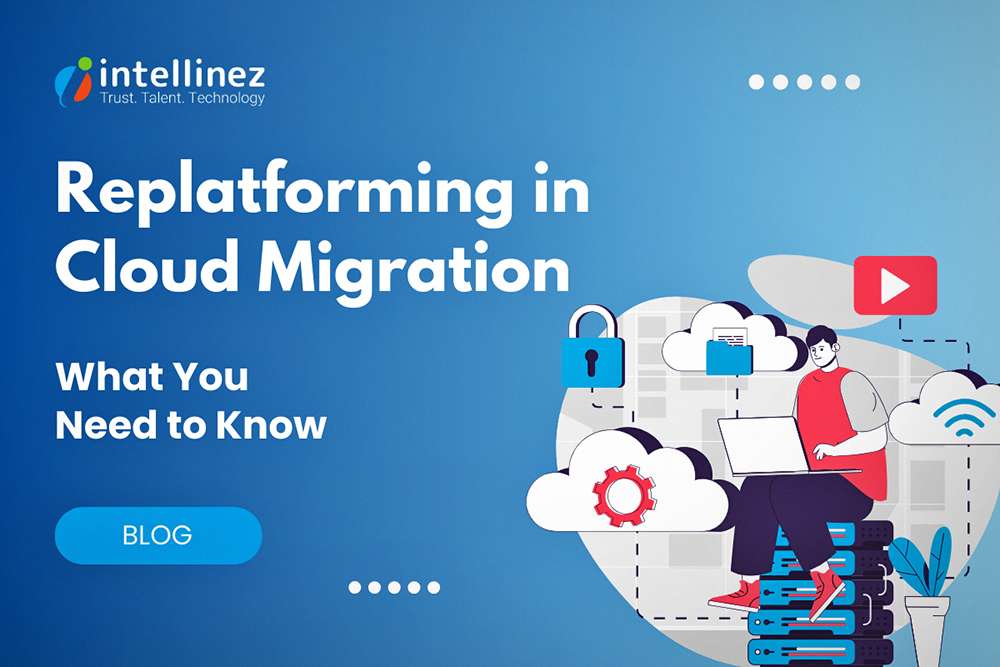









![A Comprehensive Guide to AWS SaaS Architecture [Diagram Included] 89 Aws SaaS Architecture](http://www.intellinez.com/wp-content/uploads/2024/08/Title-image.jpg)

















